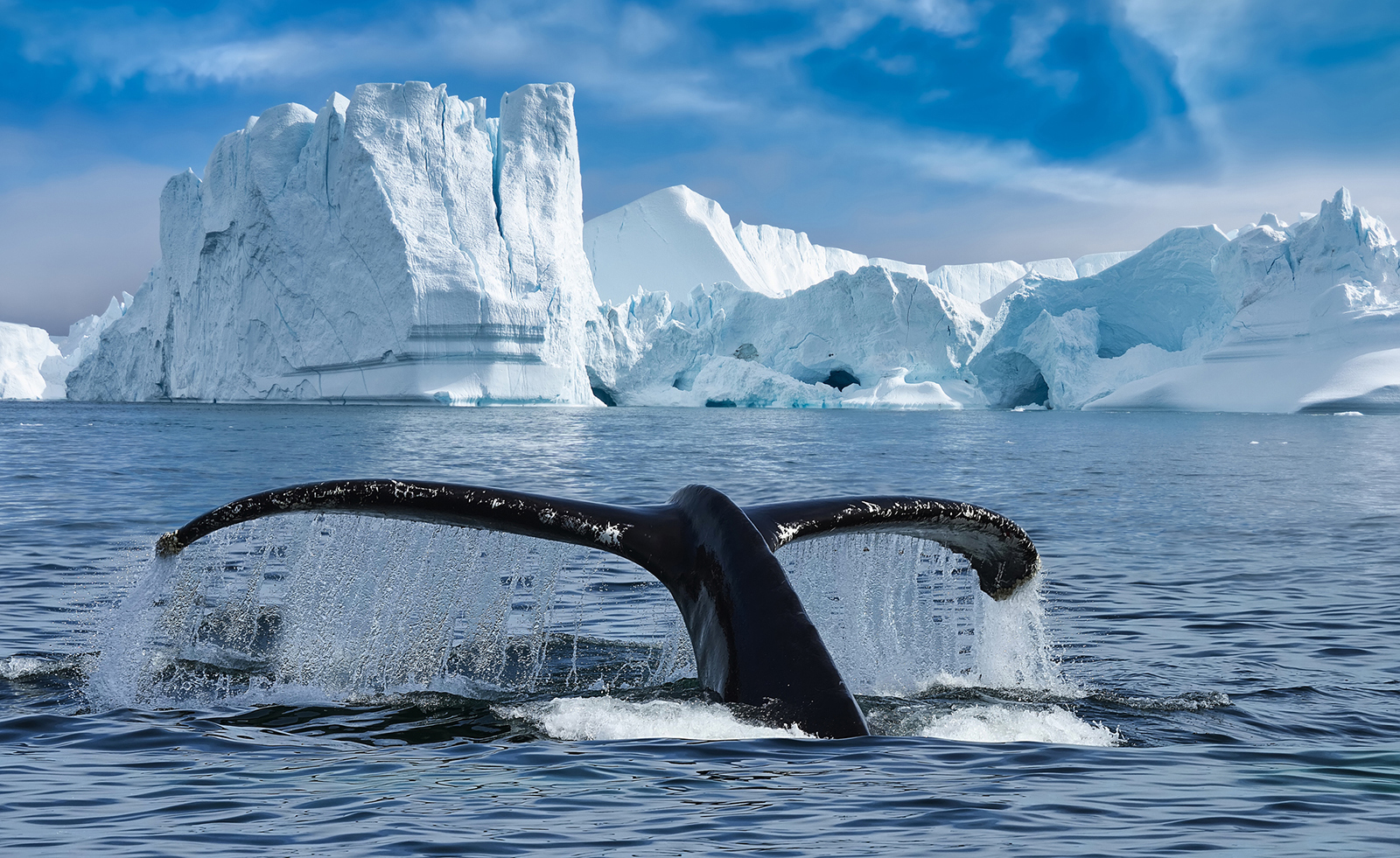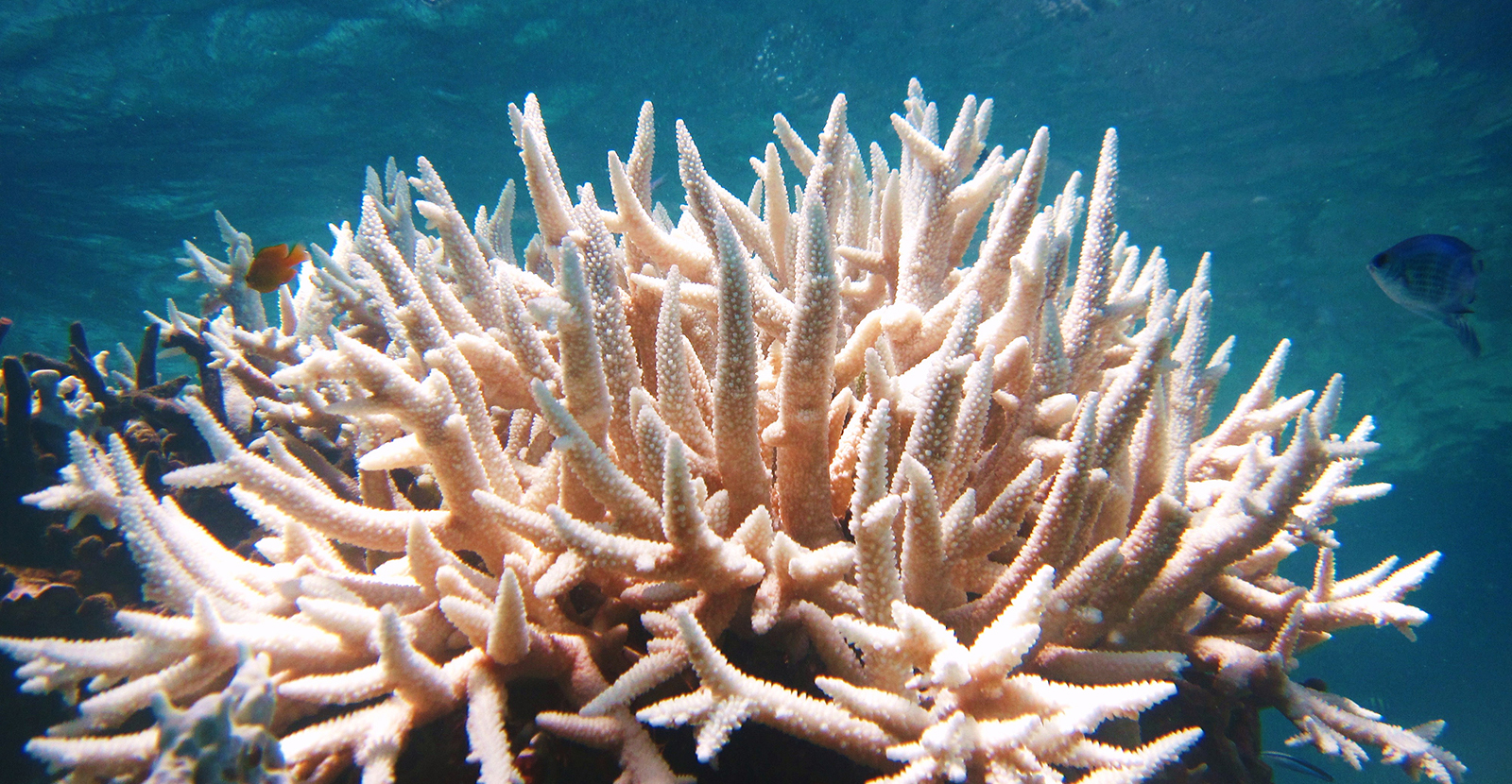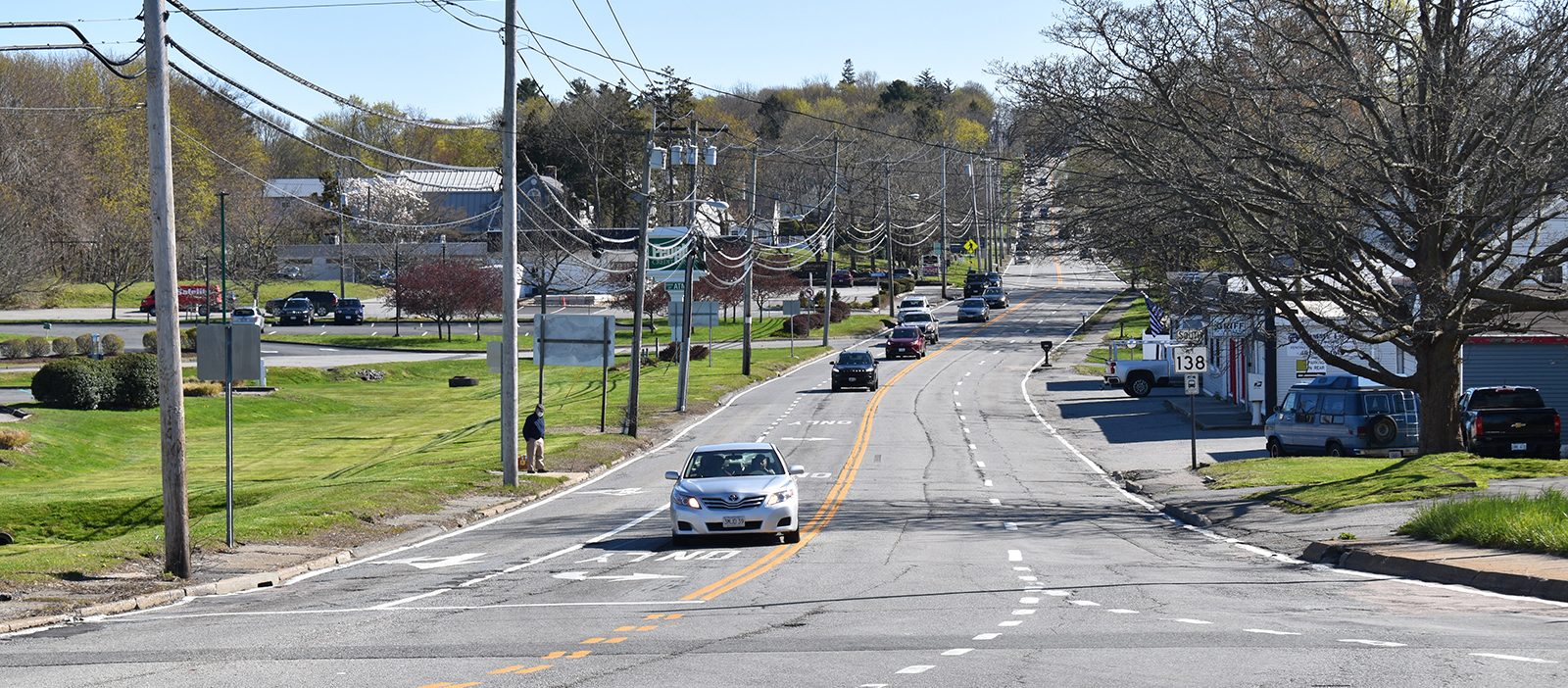Rising Ocean Temperatures Could Sink Southern New England on Multiple Levels
June 8, 2023
As Rhode Island’s license plates have long announced, the ocean plays an important role in the state’s identity and character. Unfortunately, all of that gasoline- and diesel-powered traffic is playing a part in weakening the integrity of the planet’s 321 million cubic miles of salt water.
Mounting pressures are threatening the world’s marine waters, and the Ocean State isn’t immune to the accumulating stress. In fact, Rhode Island, like the rest of the world, has plenty to lose. Much has already been lost. Much more likely will be.
Although ocean waters cover two-thirds of the planet’s surface, this life-sustaining salty liquid is vulnerable to human influences. History, though, clearly shows we have taken the continued health of this complex ecosystem and the bounty it once supplied for granted. How else to explain the use of the world’s five oceans and their countless bays, estuaries, inlets, and coves as dumpsters, toilets, and ashtrays, even as we gorge on calamari, cod, lobster, and quahogs and take planes to ocean-swimming destinations.
The relentless burning of fossil fuels, combined with industrial fishing gear that destroys priceless habitat and the dumping — directly and indirectly — of so much of our waste into the sea, is changing its composition. Biodiversity in the world’s oceans is rapidly declining. Its waters are acidifying. Plastifying.
But we seem to believe there’s no limit to the abuse the oceans can take and still function as the planet’s lungs and circulatory system. We’re about to find out differently.
A paper published in the journal Nature in late March shows how meltwater increases around Antarctica are set to dramatically slow down the Antarctic overturning circulation, with a potential collapse this century.
In an article published in The Conservation, the paper’s authors explained that off the coast of Antarctica, some 250 trillion tons of cold salty water sinks to great depths. As this water sinks, it drives the deepest flows of the overturning circulation — a network of strong currents spanning the world’s oceans. The overturning circulation carries heat, carbon, oxygen, and nutrients around the globe, and “fundamentally influences climate, sea level and the productivity of marine ecosystems.”
“But there are worrying signs these currents are slowing down. They may even collapse,” the authors wrote. “If this happens, it would deprive the deep ocean of oxygen, limit the return of nutrients back to the sea surface, and potentially cause further melt back of ice as water near the ice shelves warms in response. There would be major global ramifications for ocean ecosystems, climate, and sea-level rise.”
The American and Australian researchers said climate change is to blame.
“As Antarctica melts, more freshwater flows into the oceans,” they wrote. “This disrupts the sinking of cold, salty, oxygen-rich water to the bottom of the ocean. From there this water normally spreads northwards to ventilate the far reaches of the deep Indian, Pacific and Atlantic Oceans. But that could all come to an end soon. In our lifetimes.”

They noted changes in the overturning circulation could mean more heat gets to the ice, particularly around West Antarctica, the area with the greatest rate of ice mass loss over the past few decades. This, they said, would accelerate global sea-level rise and would also reduce the ocean’s ability to take up carbon dioxide, leaving more greenhouse gas emissions in the atmosphere.
Antarctica is the planet’s largest repository of ice.
As the world warms, less ice is forming at both poles, and, like in Antarctica, more ice in the Arctic and Greenland is melting and releasing fresh water into the ocean.
Rhode Island, Massachusetts, and Connecticut, like much of the rest of the East Coast, is in an accelerated sea-level-rise hotbed. A 2012 study projected that by 2100, the Atlantic Coast “hotspot” will experience sea-level increases of 8 to 11.4 inches. Sea-level-rise projections for the East Coast have since increased, to up to 3 to 9 feet.
A report published last year by the National Oceanic and Atmospheric Administration warned the United States will see as much sea-level rise, about a foot, in the next three decades as it did during the entire previous century. The National Aeronautics and Space Administration notes that every inch of sea-level rise results in the loss of about 100 inches (8.3 feet) of beach.
Last year the world’s oceans were the hottest ever recorded. As marine temperatures continue to break records during an unparalleled run, scientists and researchers have said the planet has reached “uncharted territory” in the climate crisis.
Reliable ocean temperature measurements go back to 1940, with an acceleration in warming observed since the early 1990s. Research suggests the oceans are heating faster than any time in the past 2,000 years.
Warming oceans are a concern for numerous reasons. For one, seawater takes up more space at higher temperatures, accelerating sea-level rise, and warmer water at the poles, as noted above, escalates the melting of ice caps. Warmer temperatures can also be grave for marine ecosystems, as it can be difficult or impossible for some species to adapt. Corals in particular can suffer deadly bleaching.
The oceans also act as buffer to the climate crisis, by absorbing vast amounts of carbon dioxide and by storing about 90% of the excess energy and heat we create.
The Guardian recently reported that some scientists fear we could be reaching the limit of the oceans’ capacity to absorb these excesses. Other scientists fear rapid ocean warming could be a sign of the climate crisis progressing at a faster rate than predicted.

The oceans absorb about a quarter of the carbon dioxide produced annually from the burning of fossil fuels, and it is changing their basic chemistry. Seawater absorbs carbon dioxide, turning it into carbonic acid and other chemical byproducts that lower the pH of the water and make it more acidic.
Scientists have estimated that carbon pollution is causing oceans to acidify faster than they have in 300 million years.
Ocean acidification is bad news for marine life with calcium carbonate in their shells or skeletons, such as corals, crabs, and mollusks. Studies have found that more acidic salt waters make it more difficult for mussels, oysters, and scallops to develop their hardened protection.
Shellfish rely on aragonite, a naturally occurring form of calcium carbonate, to generate their shells. Increased ocean acidity, however, means less aragonite, forcing mollusks to expend more energy to build shells and less on reproduction and survival.
Acidic seawater also makes it more difficult for clownfish to sense predators, for sharks to hunt prey, and for squid to develop, among many other impacts.
It also will have an economic impact. A 2015 study listed Rhode Island, Massachusetts, and Connecticut among the 15 states whose shellfish industries are at long-term economic risk from the impact of ocean acidification.
A 2021 report produced by the Massachusetts Special Legislative Commission on Ocean Acidification found the industry could suffer serious losses by the end of the century if ocean acidification goes unaddressed.
Rhode Island is among the states the Natural Resources Defense Council lists as being at a high risk for economic harm because of ocean acidification.
Rising ocean temperatures are also fueling a significant increase in the frequency, intensity, and geographic range of harmful algal blooms, according to a 2019 study. The study noted the coastal areas of southern New England are susceptible to increases in the potential growth rate of harmful algal blooms.
These blooms occur when a small portion of the marine phytoplankton community that consist of harmful algal species produce in high numbers, causing adverse ecosystem impacts. Some also produce toxins that pass through the food web and cause fish and shellfish kills and can affect human health.
If we’re not going to dramatically and immediately change our behaviors toward and attitudes about the climate crisis, perhaps the “Ocean State,” in the not-so-distant future, won’t be the best moniker for Rhode Island.
Frank Carini can be reached at [email protected]. His opinions don’t reflect those of ecoRI News.




Thanks for your ‘Frank’ analysis of issues around climate change. I wish more people would accept the seriousness of this situation
JUST STOP EATING DEAD ANIMALS
Thank you, Frank. I wish I could remember a climate change book I read that has a 2 page flattened drawing of our planet. The amount of blue ocean versus land is staggering. We forget that unless out on the vast sea. The book also describes the irreversible warming ocean current changes you make clear.
Really, if what you say is true why did President Obama build a multimillion dollar house on Martha’s Vineyard?
Well said. Every day is World Ocean Day
“We are tied to the ocean. And when we go back to the sea – whether it is to sail or to watch it – we are going back from whence we came. [Remarks at the Dinner for the America’s Cup Crews, September 14 1962] ” ― John F. Kennedy